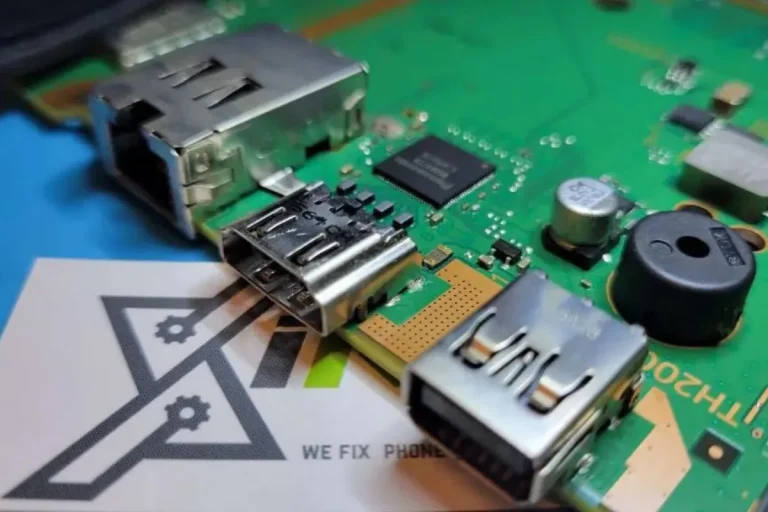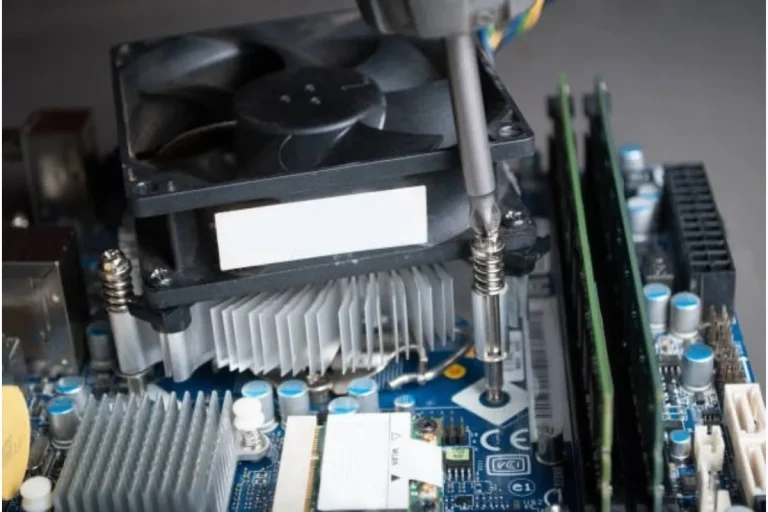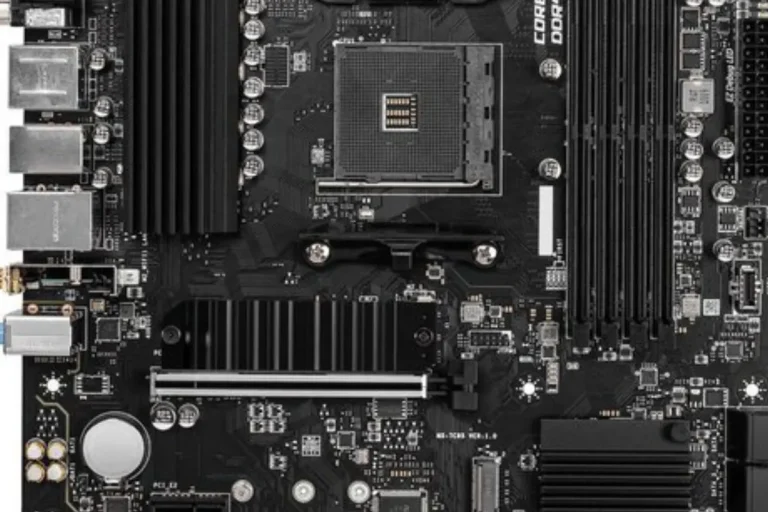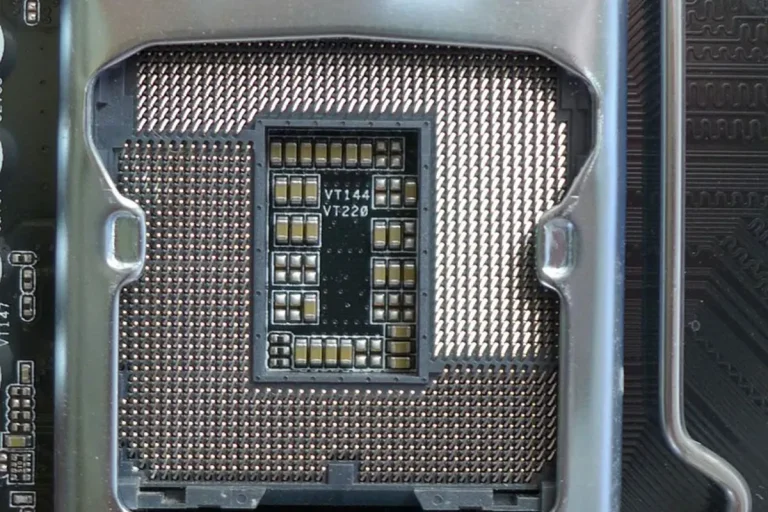What is ‘integrated’ Gigabit Ethernet?
Gigabit Ethernet has become a crucial component of our high-speed internet world. But have you heard about the game-changing ‘integrated’ Gigabit Ethernet? In this article, we’ll explore what integrated Gigabit Ethernet is, how it differs from traditional Gigabit Ethernet, and why it’s an exciting advancement in network connectivity.
Components of Integrated Gigabit Ethernet
To understand how integrated Gigabit Ethernet works, we need to explore its key components. Let’s take a closer look at the hardware requirements, software requirements, and networking infrastructure involved in integrated Gigabit Ethernet.
Hardware Requirements
When it comes to integrated Gigabit Ethernet, certain hardware components are essential for smooth operation. These include:
- Network Interface Card (NIC): A Gigabit Ethernet NIC is required to connect your device to the network. It enables high-speed data transfer and ensures compatibility with Gigabit Ethernet standards.
- Ethernet Cables: High-quality Ethernet cables are necessary to establish a reliable connection between devices and the network infrastructure. Cat5e or Cat6 cables are commonly used for Gigabit Ethernet.
- Switches and Routers: These networking devices play a vital role in managing the flow of data across the network. Gigabit Ethernet switches and routers provide the necessary ports and routing capabilities for efficient data transmission.
Software Requirements
In addition to hardware, specific software components are essential for integrated Gigabit Ethernet to function optimally. These include:
- Device Drivers: To enable communication between the network interface card and the operating system, device drivers are required. These drivers ensure compatibility and proper functioning of the Gigabit Ethernet connection.
- Operating System Support: Your operating system must support Gigabit Ethernet. Most modern operating systems, such as Windows, macOS, and Linux, have built-in support for Gigabit Ethernet, allowing seamless integration.
- Network Management Software: Depending on the complexity of your network, you may require network management software to monitor and configure the integrated Gigabit Ethernet network. These software tools provide insights into network performance and enable efficient management.
Networking Infrastructure
The networking infrastructure forms the backbone of integrated Gigabit Ethernet. It includes:
- Ethernet Switches: High-performance Gigabit Ethernet switches are crucial for connecting multiple devices within a network. These switches facilitate speedy data transfer and ensure reliable connectivity.
- Patch Panels: Patch panels are used to organize and manage Ethernet cables. They provide a centralized point for connecting various devices to the network, making maintenance and troubleshooting easier.
- Structured Cabling: A well-designed structured cabling system is essential for integrated Gigabit Ethernet. It ensures efficient data transmission and minimizes signal interference, resulting in reliable and high-speed connectivity.
Advantages of Integrated Gigabit Ethernet
Integrated Gigabit Ethernet offers a range of advantages that make it a compelling choice for high-speed network connectivity. In this section, we’ll explore the key benefits of integrated Gigabit Ethernet, including increased data transfer speeds, enhanced network performance, and simplified network management.
Increased Data Transfer Speeds
One of the primary advantages of integrated Gigabit Ethernet is the significant increase in data transfer speeds. With a Gigabit Ethernet connection, you can enjoy blazing-fast data transfer rates of up to 1 gigabit per second (Gbps).
This allows for quick and seamless transfer of large files, smoother video streaming, and faster downloads, enhancing overall productivity and user experience.
Enhanced Network Performance
Integrated Gigabit Ethernet greatly improves network performance compared to traditional Ethernet connections. The higher bandwidth provided by Gigabit Ethernet ensures that network congestion is minimized, leading to reduced latency and faster response times.
This is particularly beneficial in environments where multiple devices are connected simultaneously, such as offices or homes with multiple users.
Simplified Network Management
Managing a network can be a complex task, but integrated Gigabit Ethernet simplifies the process. With Gigabit Ethernet, network administrators can easily handle the increased bandwidth demands of modern applications and services.
The simplicity of Gigabit Ethernet allows for streamlined network management and reduces the need for extensive configuration and setup, saving time and effort.
Use Cases and Applications

Integrated Gigabit Ethernet finds practical applications in various settings, including small and medium-sized businesses, home networks, and data centers.
Gigabit Ethernet in Small and Medium-Sized Businesses
Small and medium-sized businesses (SMBs) can greatly benefit from integrated Gigabit Ethernet. With its high data transfer speeds and enhanced network performance, Gigabit Ethernet enables SMBs to handle the increasing demands of modern business applications.
It allows for seamless collaboration, faster file sharing, and efficient communication between employees. Additionally, Gigabit Ethernet provides a reliable and stable network infrastructure, ensuring that critical business operations run smoothly.
Integrating Gigabit Ethernet in Home Networks
In today’s digital age, home networks play a crucial role in connecting devices and enabling seamless entertainment and communication. Integrated Gigabit Ethernet is an ideal choice for home networks, providing fast and reliable connectivity for streaming high-definition videos, online gaming, and connecting multiple devices simultaneously.
With Gigabit Ethernet, you can enjoy uninterrupted streaming, lag-free online gaming, and smooth browsing experiences, enhancing your home network’s overall performance.
Application in Data Centers and Cloud Computing
Data centers and cloud computing rely heavily on high-speed and efficient network connectivity. Integrated Gigabit Ethernet is a vital component in these environments, allowing for quick and secure data transfers between servers, storage systems, and network resources.
Its high bandwidth and low latency make it ideal for handling the massive amounts of data processed in data centers. Gigabit Ethernet also facilitates seamless integration with cloud computing platforms, enabling businesses to leverage the benefits of cloud services without compromising on network performance.
Frequently Asked Questions
1. What is ‘integrated’ Gigabit Ethernet?
Integrated Gigabit Ethernet refers to the integration of Gigabit Ethernet capabilities directly into devices such as computers, routers, switches, or network interface cards (NICs). It means that the device has built-in support for Gigabit Ethernet without the need for additional adapters or expansion cards.
2. What are the advantages of integrated Gigabit Ethernet?
Integrated Gigabit Ethernet offers several advantages, including high-speed data transfer rates of up to 1000 Mbps, improved network performance, seamless collaboration, fast file sharing, and efficient communication. It eliminates the need for extra hardware, simplifying setup and reducing costs.
3. Is integrated Gigabit Ethernet backward compatible with previous Ethernet standards?
Yes, integrated Gigabit Ethernet is backward compatible with previous Ethernet standards. This means that devices with integrated Gigabit Ethernet can still connect and communicate with devices using Fast Ethernet (10/100 Mbps) or Ethernet (10 Mbps) standards.
4. Can I upgrade my existing device to support integrated Gigabit Ethernet?
In most cases, it is not possible to upgrade an existing device to support integrated Gigabit Ethernet if it doesn’t already have the necessary hardware components. Integrated Gigabit Ethernet requires specific hardware support.
5. Can I use integrated Gigabit Ethernet for both wired and wireless connections?
Integrated Gigabit Ethernet is primarily designed for wired connections. It provides high-speed and reliable connectivity through physical Ethernet cables.
Conclusion
Integrated Gigabit Ethernet brings the power of high-speed networking directly into devices, eliminating the need for extra adapters. With its fast data transfer rates and seamless integration, it enables efficient collaboration, fast file sharing, and improved network performance. Say goodbye to slow connections and embrace the speed of integrated Gigabit Ethernet





